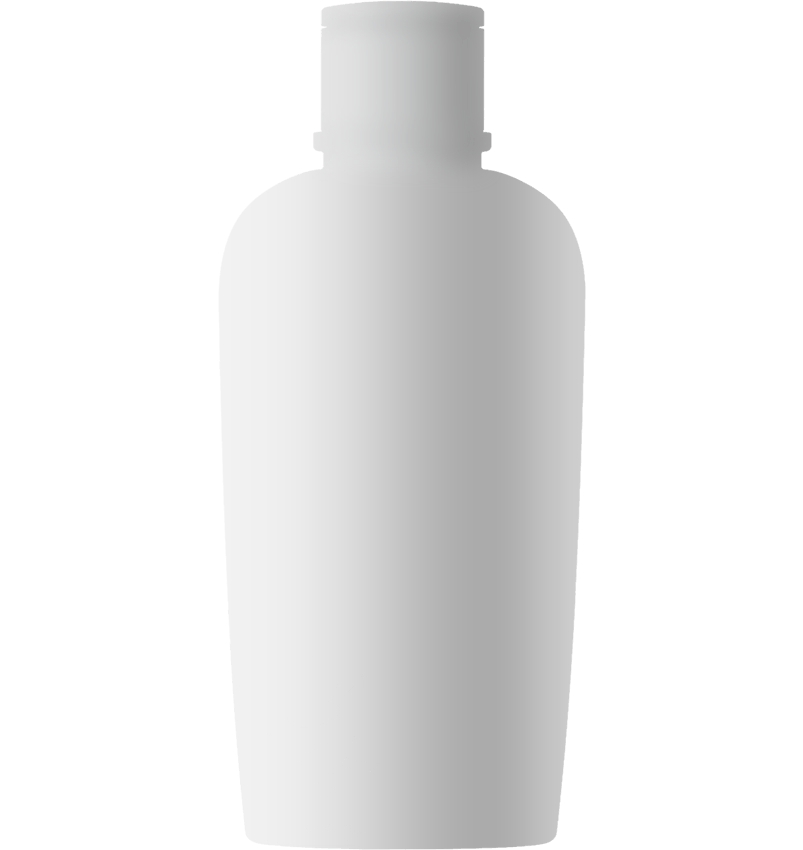Otoplasty:
Prominent or asymmetrical ears can sometimes cause individuals to feel self-conscious or dissatisfied with their appearance. For those seeking to enhance the harmony of their facial features and boost their confidence, otoplasty, commonly referred to as ear surgery, offers a transformative solution. This cosmetic procedure reshapes, repositions, or reduces the size of the ears to achieve a more balanced aesthetic. In this comprehensive guide, we delve into the world of otoplasty, exploring its benefits, the surgical process, recovery, and its profound impact on personal confidence and appearance.
Comprehensive Surgical Procedure: Otoplasty Detailed Breakdown
Surgical Methodology
Otoplasty is typically performed as an outpatient procedure under local or general anesthesia, depending on the patient’s age and preference. The surgical technique varies based on the specific corrections needed but focuses on achieving symmetry and proportion.





